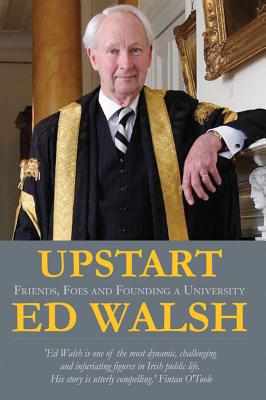| – Duke of Edinburgh Gold award – This is a highly recognized award which shows organization, determination and my natural ability to be proactive.
– Rowing – Winners Irish Championships MJ18 VIII 2010 (unbeaten in Ireland) – Best in ICT A Level – 2011 |
- A significant reduction in salary levels charities can pay their officers (at most, low five figure salary, preferably zero),
- The immediate deployment of donations for the benefit of the needy (donations not allowed accumulate on the charities balance sheet/financial statements beyond a reasonable short period of time i.e. there should be a high turnover of donations),
- Mandatory requirement to source ‘barter’ donations, and that the level of these ‘barter’ donations at least equal donations received in cash (this is a more efficient way of deploying donations i.e. take as much cash receipt out of the donation process as possible).
- Emphasis on the creation of smaller charities, but more of them, by redirecting Govt. incentives towards the creation of smaller charities. We don’t need more ‘too big to fail’ organizations, particularly ones that are meant to be charitable. Lets protect the last bastion of social responsibility and compassion in this great country, the charitable organization, from the for-profit mindset.
Many of you will have noticed in our newsletters over the past few months our emphasis on the HaloCard Project. We decided that, before we officially ended the Failte 32 initiative, we wanted to give back to our affiliated organizations and help them achieve their goals by giving them a cost effective and efficient way to reach new donors, and possibly re-engage past donors. The HaloCard project provides an excellent platform to do this, and is founded and run by people with excellent business and community reputations. See http://www.






